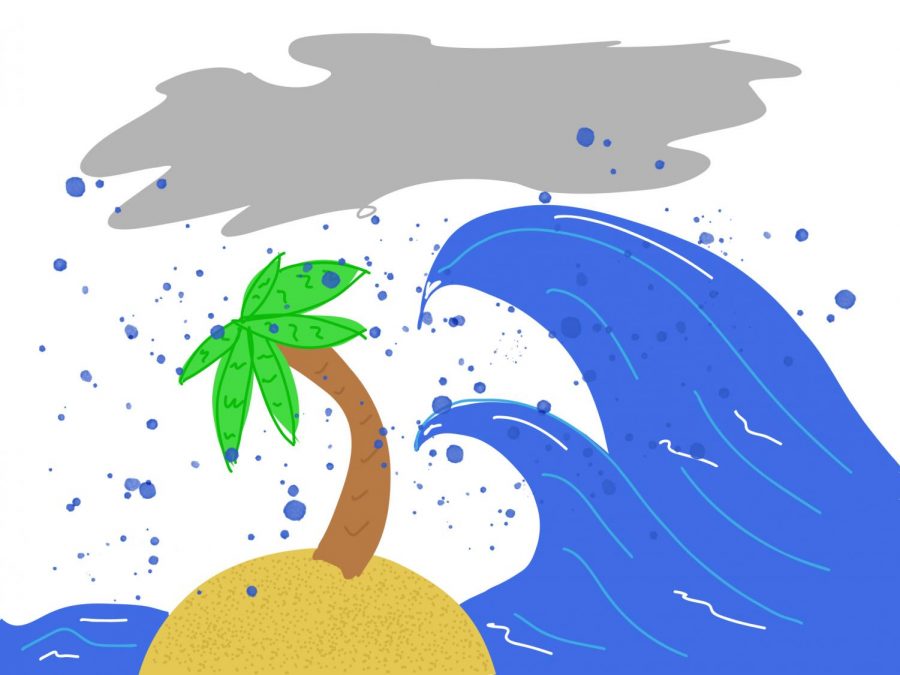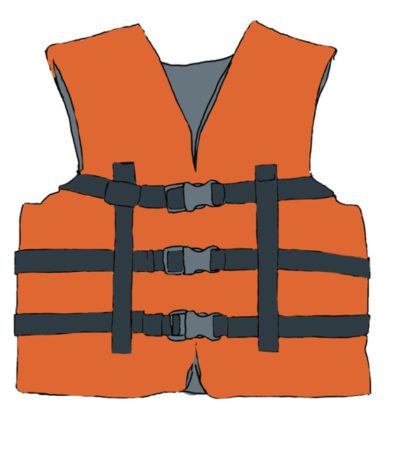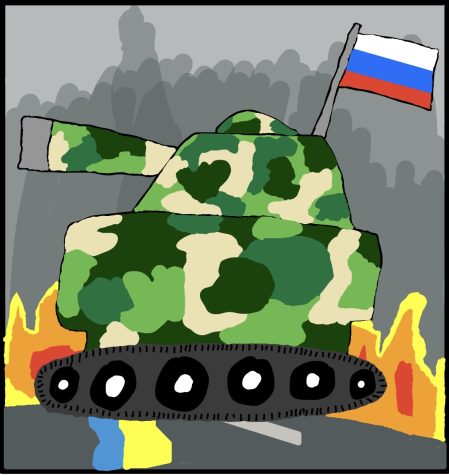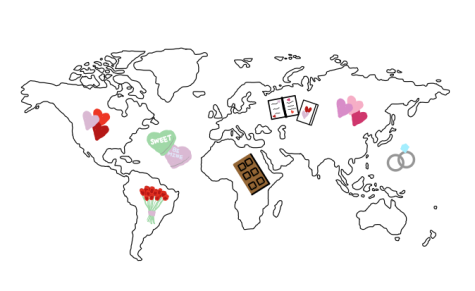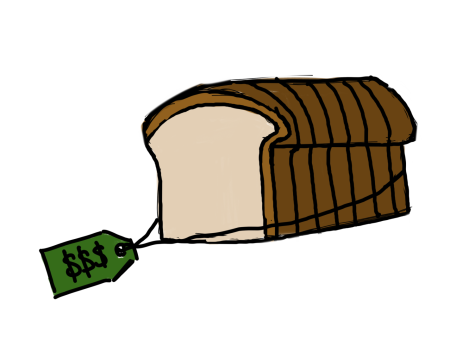Water weather leaves its mark on coasts
All countries have special ways of preparing for dangerous storms, but the aftermaths are all too similar. Boarding up windows, stocking up on food and bottled water and staying inside a safe place are all precautions taken to prepare for hurricanes in the U.S., but this can be different in other countries. Not only are there various methods of preparation used in other countries, hurricanes are also called typhoons in some parts of the world, particularly the Northwest Pacific Ocean, and tropical cyclones in other parts, mainly the South Pacific and Indian Oceans. Even with these different methods, all violent storms leave devastating aftermaths like Hurricane Ida in the southern U.S.
Taiwan is an example of a country that has devised new ways to prepare for typhoons and hurricanes. After many years of devastating typhoons, the Taiwanese government helps prepare its people by evacuating entire regions of the country. Many times in addition to standard typhoon preparation, the southernmost region of the country is to be evacuated to another location that varies based on the storm’s predicted path. This builds unity among the citizens of Taiwan as they work together to relocate and rebuild during and after the typhoons. Another country that uses unity to help prepare for hurricanes is Cuba. In Cuba, preparation for the hurricane season lasts all year. All adults are required by law to take a training program for how to help during evacuations. Since 1986, every citizen has been required to participate in a two-day-long hurricane simulation drill. Cuba has also incorporated hurricane preparedness into its school curriculum.
Not only is Madagascar another country that experiences many cyclones, but it is also one of the poorest countries in the world with just under 70 percent of the population making under a dollar a day. Madagascar and nonprofit organizations have still found a way to prepare for cyclones. Back in 2010, a UKaid funded organization called “CARE” started sending kits to the people of Madagascar before and after major cyclones. These kits include materials to make temporary shelters after many of their huts have been destroyed. CARE continues to send its kits and provide more in person aid to the people of Madagascar to this day. All these methods of preparation still do not prevent serious damage from the storms. This was seen in Hurricane Ida when hundreds of people were trapped in their homes with no way out and very little access to communication. Some were also injured by the storm or in the consequential flooding. Many still cannot return to their homes because of major flooding or their homes were destroyed in the storm.
“The Saint Viator community and students can help the people affected by Hurricane Ida by contacting groups such as the Red Cross to see what they need to better help the people they are serving,” said biology teacher Mrs. Monika Stevens. “They may need donations of money, clothes, food, or other items.” “I think that the Saint Viator community can help those who suffer from these hurricanes by sending money for people to be able to go down there to physically help clean and get those who are trapped in houses out and to safety and medical attention. We can also help them through food drives for those who were affected with easy to make meals that they can eat while they are in this major time of recovery,” said sophomore Jillian Bollard.
The aftermath of storms such as Hurricane Ida affects citizens all over the world and in the U.S. Not only are those in the path of the storm affected, but also those who lost homes, businesses, or family members. Any aid from friends, family, businesses, or even students across the country is much needed and appreciated.
Your donation will support the student journalists of Saint Viator High School. Your contribution will allow us to purchase equipment and cover our annual website hosting costs.



